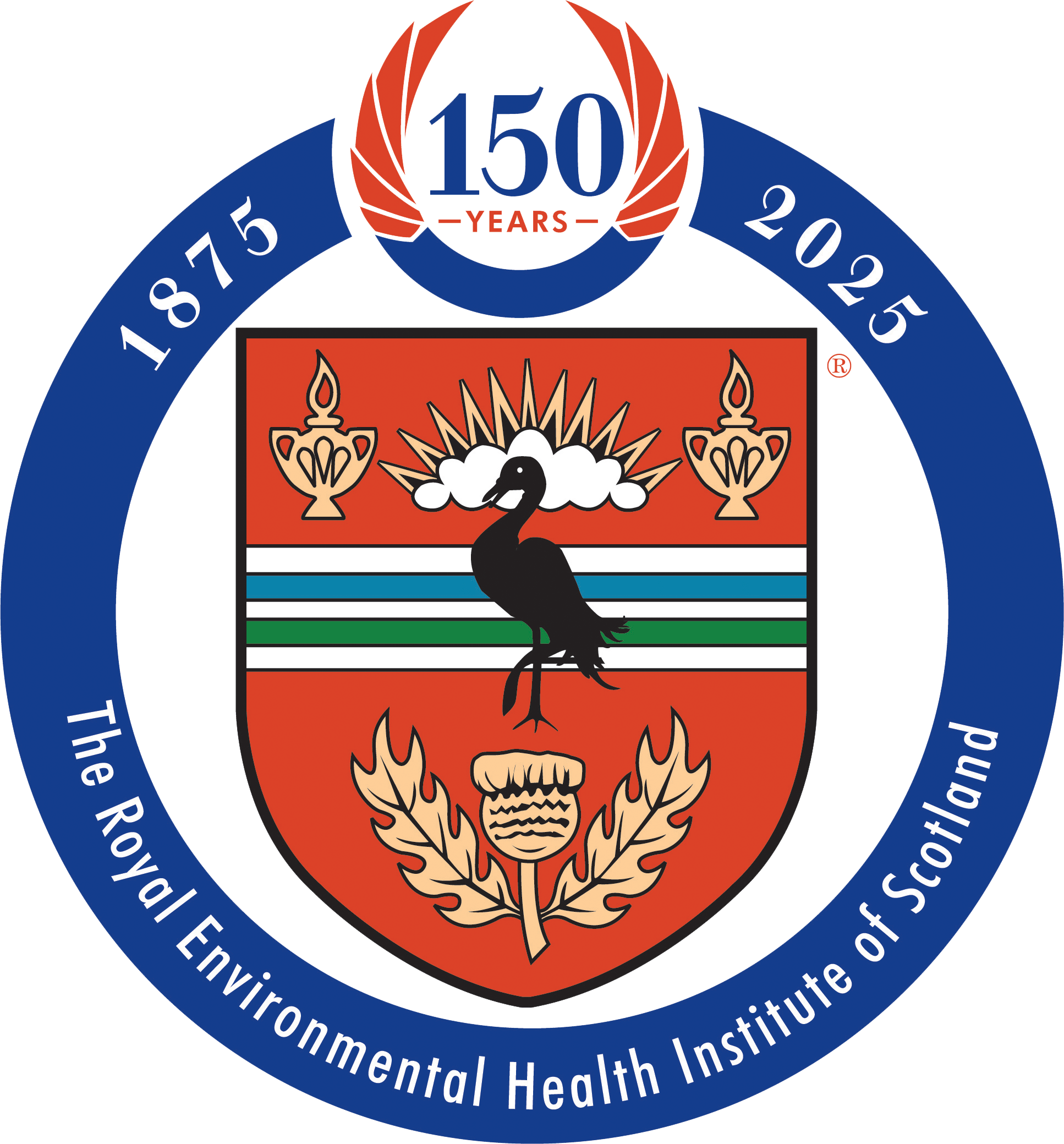
The prevalence of Vibrio in seafood is expected to increase both globally and in Europe because of climate change according to EFSA’s scientists.
EFSA’s scientists have carried out an assessment of the public health aspects of Vibrio spp. related to the consumption of seafood and anticipated that the occurrence and levels of Vibrio in seafood will rise in response to coastal warming and extreme weather events.
Vibrios are waterborne bacteria that mainly live in marine coastal waters and brackish areas (where rivers meet the sea) and thrive in warm waters with moderate salinity. Some strains are pathogenic and can cause gastroenteritis or severe infections.
The bacterial group of Vibrio comprises several species that can cause Vibriosis. In the European Union, Vibrio parahaemolyticus, Vibrio vulnificus, and Vibrio cholerae are the species of highest relevance for public health regarding seafood consumption. V. parahaemolyticus can cause gastroenteritis in healthy individuals, while V. vulnificus and V. cholerae non-O1/non-O139 can lead to severe infections, sepsis, and death in vulnerable individuals.
Due to an increase in extreme weather events, like heatwaves, over the past 20 years, Europe has seen a rise in Vibrio infections. Warmer coastal waters have led to an expansion of areas where Vibrio bacteria can multiply, resulting in a higher risk of infections from the consumption of contaminated seafood. Regions that are particularly at risk include those with brackish or low-salinity waters (e.g., the Baltic Sea, Baltic and North Sea transitional waters, and the Black Sea) as well as coastal areas with large-river inflows.
In EFSA’s assessment, experts anticipate that the occurrence and levels of Vibrio in seafood will increase globally and in Europe, especially in low-salinity/brackish waters, due to the effects of climate change, such as coastal warming and extreme weather events like heatwaves.
To prevent and control Vibrio in seafood, maintaining the cold chain during processing, transportation, and storage is crucial, particularly for seafood intended to be consumed raw. Possible measures to reduce Vibrio are high pressure processing, irradiation and (flash) freezing followed by long-term frozen storage. Depuration, which involves placing live molluscs in tanks with clean, circulating seawater to filter out microbes, is recommended under controlled conditions for live oyster consumption. Recommendations for consumers include ensuring proper handling and cooking of seafood, and avoiding consumption of raw or undercooked products, especially for vulnerable individuals.
Experts assessed 46 studies in 16 countries covering the 2000 to 2022 period. Vibrio parahaemolyticus was found in 20 percent of more than 10,600 tested seafood samples, with one in five positives containing pathogenic strains. Vibrio vulnificus was detected in around 6 percent of almost 3,000 seafood samples. The prevalence of Non-chlorogenic Vibrio cholera was estimated at 4 percent.
In the EU, 32 outbreaks caused by Vibrio in seafood were reported from 2010 to 2021, causing 221 cases, of which 57 were hospitalised. 75 Rapid Alert System for Food and Feed (RASFF) notifications covering Vibrio in seafood were reported between 2010 and January 2023. Only four were associated with food of EU origin.
Australia’s largest Vibrio parahaemolyticus outbreak in raw oysters in 2021 affected more than 250 people and led to Food Standards Australia New Zealand (FSANZ) requesting information from several countries, including those in the EU, about Vibrio in 2022.
In 2022, the German Federal Institute for Risk Assessment (BfR) published a health risk assessment on the occurrence of Vibrio in food, which said that the consumption of raw or insufficiently cooked food products is one of the most critical factors for transmission.
Studies on Vibrio isolates found in seafood or from isolates causing foodborne infections in Europe detected resistance to several antimicrobials, including those of last resort.
Scientists said a priority for future research is establishing an EU-wide baseline survey for Vibrio in seafood products, including at the primary production and retail stages. They recommended developing a case definition for human vibriosis at the EU level and considering vibriosis for compulsory reporting.

